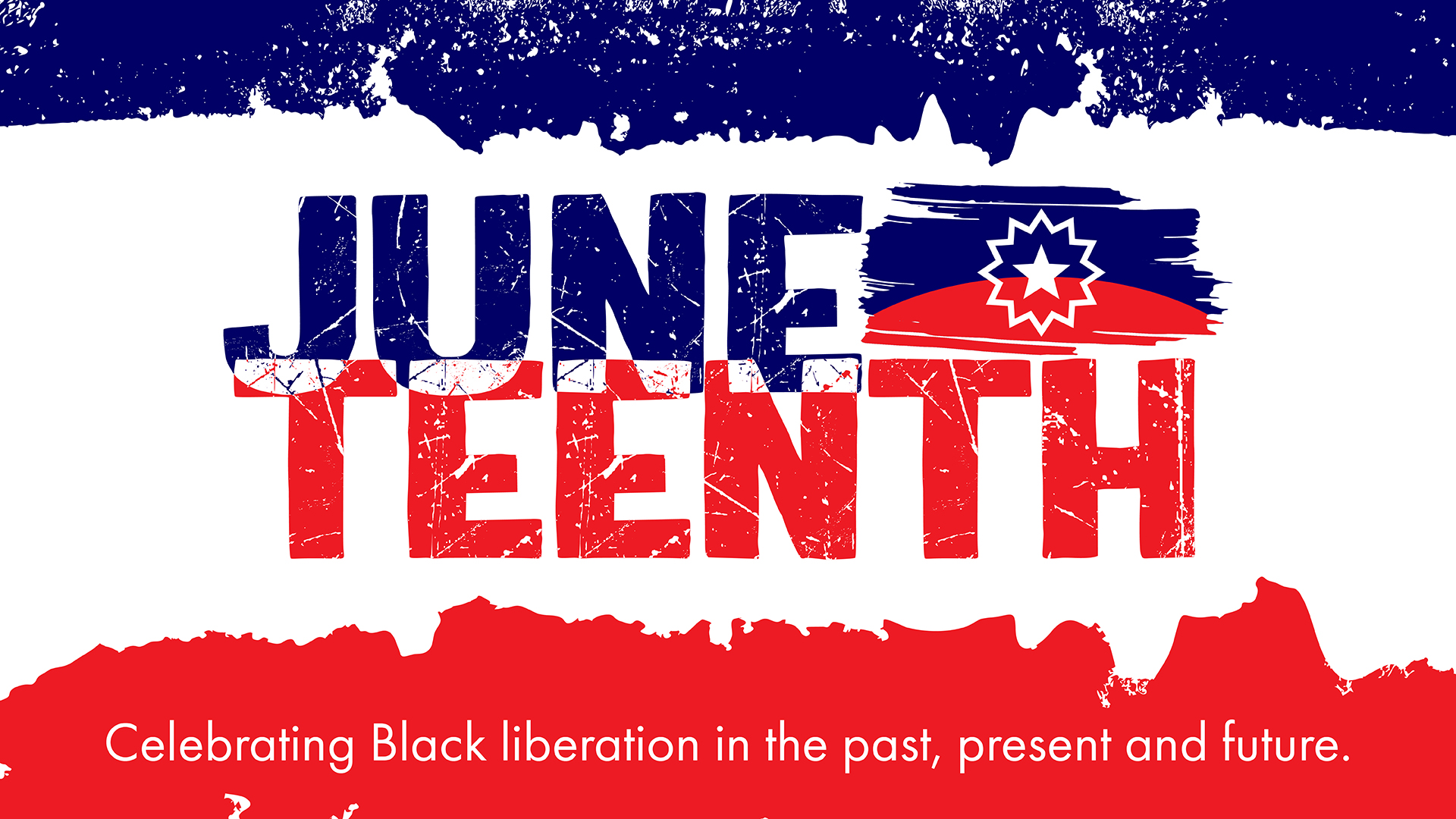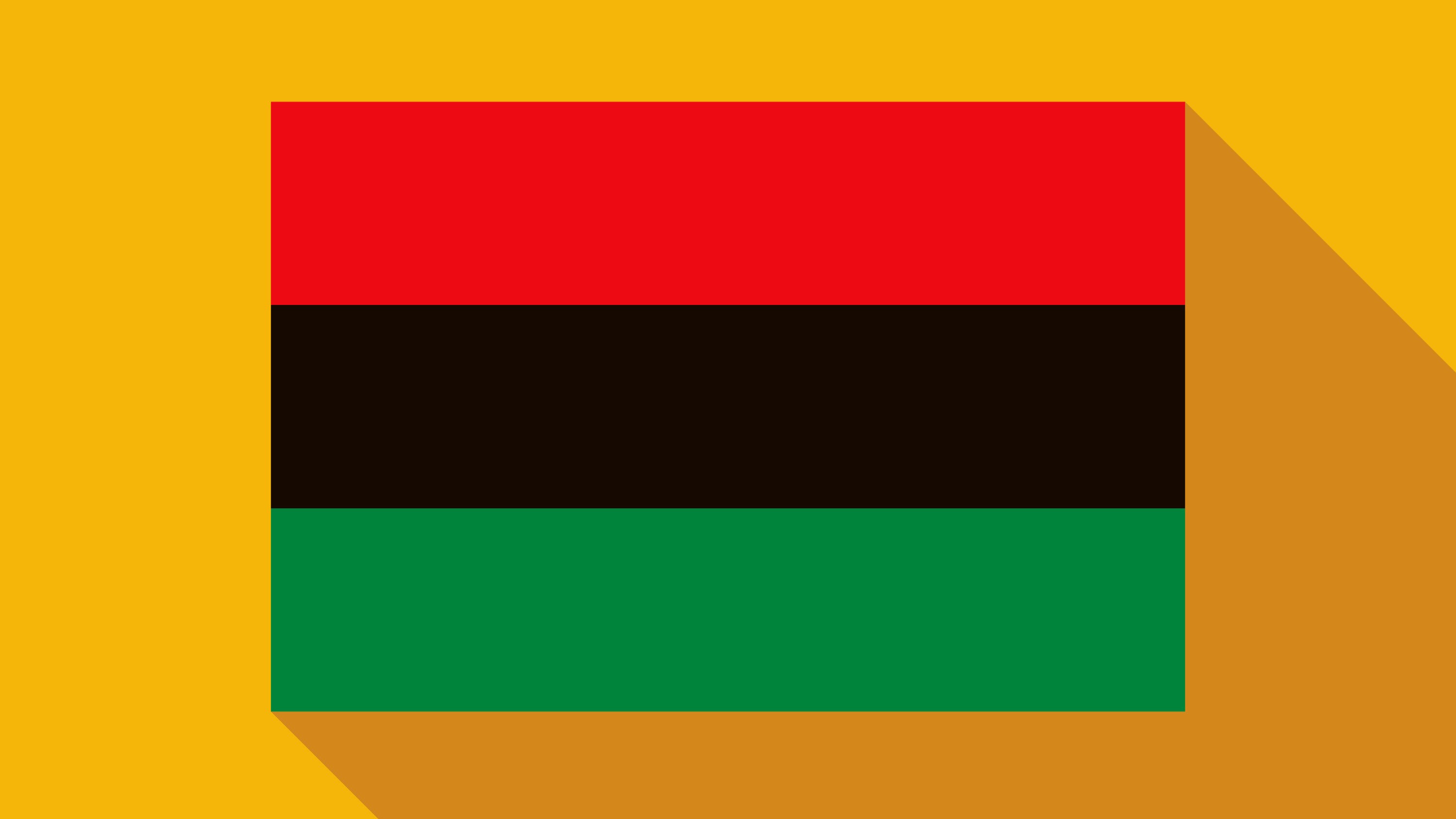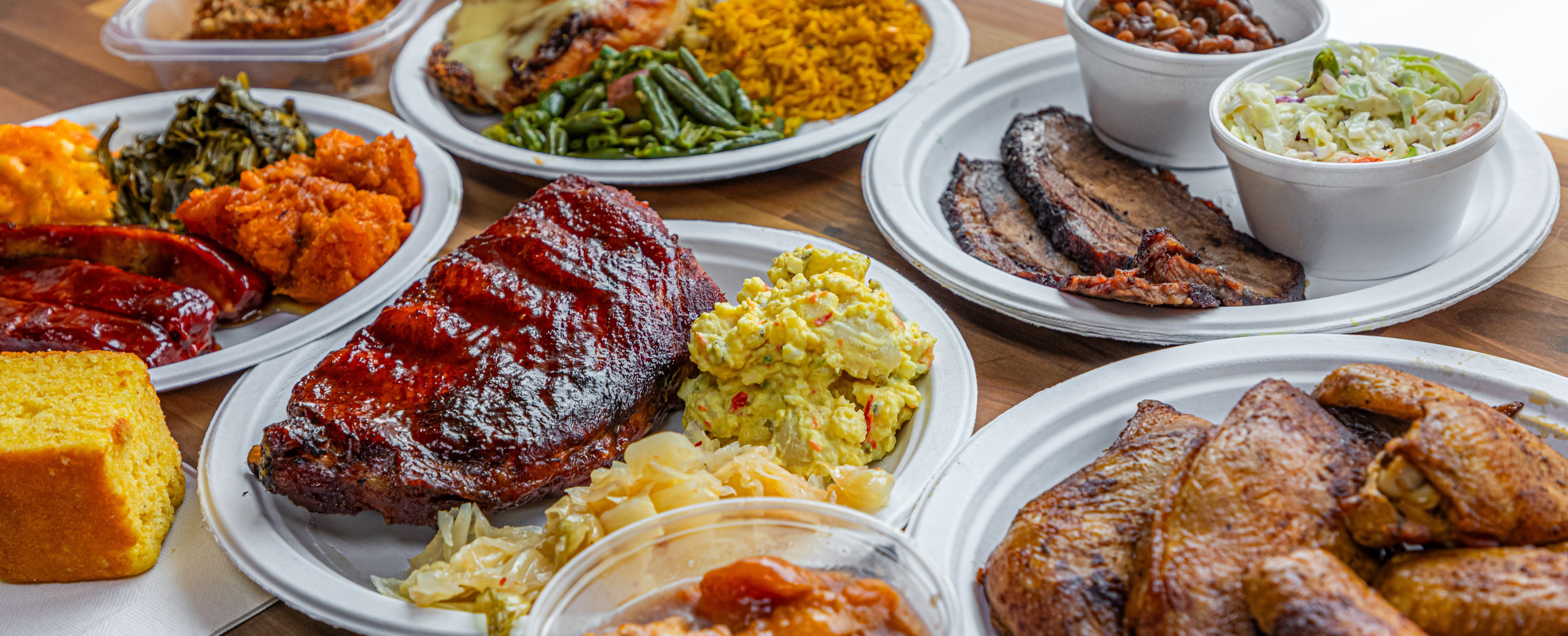
Juneteenth (short for “June Nineteenth”) is a holiday commemorating the end of chattel slavery in the United States. It marks the day in 1865 that news of the Emancipation Proclamation finally reached Galveston, TX, letting the last people who were enslaved in the U.S. know they were free. It is considered a second Independence Day and is also called Freedom Day or Emancipation Day.
Juneteenth became the newest federal holiday in 2021, which means many of us are still learning about its significance. At Self-Help, we’re honoring this important holiday by getting a better understanding of the meaning behind some of the iconic Juneteenth symbols and traditions.
The Flag

The Juneteenth flag was created in 1997 by Ben Haith and Lisa Jeanne Graf and revised in 2000 to the version that is widely used today. The flag holds so much symbolism, which Haith discussed in an interview with CNN, so let’s break it down.
The Star
The white five-pointed start in the center has two meanings. It represents Texas, the lone star state where news finally reached the last remaining people who were enslaved, and it also represents the freedom of African Americans that was obtained in all 50 states.
The Burst
The burst outline around the star is a nova, which is an astronomical term for a new star. This represents a new start for the African American people.
The Arc
The arc that separates the blue and red colors in the background of the flag represents a new horizon, which symbolizes new opportunities for African Americans.
The Colors
The colors that are used in the flag are red, white, and blue. Sound familiar? The use of the same colors on the Juneteenth flag as for the American flag was intentional – they serve as a reminder that enslaved people and their descendants are Americans, they honor the day that enslaved people were recognized as Americans under the law, and they symbolize the commitment of all Americans to live up to the ideals of liberty and justice for all.
Red, Black, and Green

Outside of the official Juneteenth flag, you may see many people with red, black, and green (and sometimes yellow) clothes and flags. These are adapted from the Pan-African flag and are used to symbolize Black freedom and unification, with each color providing unique symbolism.
- Red: Blood shed by Africans who died in the fight for liberation and the shared blood of the African people
- Black: The Black skin of the African peoples
- Green: Growth, prosperity, and the fertility of Africa
- Yellow: While not part of the Pan-African flag, many African countries added this color to represent mineral wealth
Traditions
The way we honor Juneteenth has evolved since its inception over 150 years ago, but there are some key components that have become important to Juneteenth celebrations:
Red Food
Consuming red food has become a staple of Juneteenth. According to culinary historian Michael Twitty, this initially developed because red foods were exciting during the time of enslavement. Most foods were white, green, or brown, so red treats were rare and associated with celebratory occasions. Additionally, red was a significant color for many of the African cultures whose people were enslaved during the latter part of chattel slavery in the U.S. The color had many meanings across these cultures, possibly symbolizing sacrifice, transition, and power.
Some common red Juneteenth foods include strawberry soda, hibiscus tea, red velvet cake, red beans, and watermelon.
Barbecue & Prosperity Foods

Barbecue has become pivotal in summer celebrations in large part because it reinforces a sense of community. Juneteenth follows in this tradition.
In addition to barbecue, prosperity sides are often served that are meant to bring good luck. Black-eyed peas represent wealth, collard greens bring good fortune, and corn symbolizes gold.
Commemoration
Another important tradition is that all of us (particularly those of us who aren’t African American) take time to hold space for Black people – their joy, their pain, and everything else that comes with understanding the signficance behind this holiday. While this day can be a celebration, it shouldn’t be an excuse just to party – we should all put in the work to honor this significant moment in history and the effects that it still has on our communities today.
Activism
There is a long history of Juneteenth being intertwined with activism. Juneteenth would not exist without it. How can you take action to support racial, social, economic, and/or environmental justice this Juneteenth?

Learn More About Juneteenth at Self-Help
About Juneteenth: Happy Juneteenth!
Discover what Juneteenth means to us: Celebrating Black Liberation: What Juneteenth Means to Self-Help
Learn about two civil rights champions formerly at Self-Help: Recognizing Juneteenth and Two Champions for Civil Rights